Cost-Effective Weapons
Learning from the brutal lessons of WW2, Japan’s Maritime Self-Defense Force (JMSDF) has continuously expanded its anti-submarine capabilities since its establishment in 1954, yielding one of the world’s best conventional type submarines as a byproduct.
But, with a evermore growing Chinese Navy at its doorsteps, Japan finds itself at a serious disadvantage, especially in terms of sheer quantity. Faced with the harsh reality, Japan has turned its attention to submarines as the key component of its defense strategy.
Also known as underwater ninjas, submarines are capable of instilling constant anxiety towards its adversaries since their whereabouts largely remain unknown.
Combined with this elusive nature, its preference towards ambush tactics and surprise attacks requires the opponent to allocate resources for patrol activities, limiting the freedom of action to a certain extent.
On the other hand, for those grappling with numerical disadvantages, submarines have been proven to be both extremely effective and cost-efficient weapons.
If one were to use the same amount of resources, building submarines rather than surface vessels would be a better solution from a cost performance standpoint.
22 Subs + 2 Training Subs
Recognizing these merits, Japan has viewed submarines as one of the trump cards against China, and announced plans back in 2010 to increase its submarine fleet from 16 to 22 vessels.
However, this figure does not include the two training vessels, so the actual configuration is a fleet of 22 attack submarines + 2 reserved for training .
It is important to note that Japan has a long-maintained practice of constructing one submarine per year to preserve shipbuilding capabilities, resulting in a relatively “young” submarine being pushed out of service on an annual basis.
Therefore, under the previous ceiling of 16 submarines + 2 training vessels, Japan was scrapping a perfectly usable submarine in just 18 years or so.
Although this retirement age was extended to 24 years due to the fleet expansion, it is still an extravagant way of operating high-class submarines compared to other navies (most submarines are typically used for over 30 years).
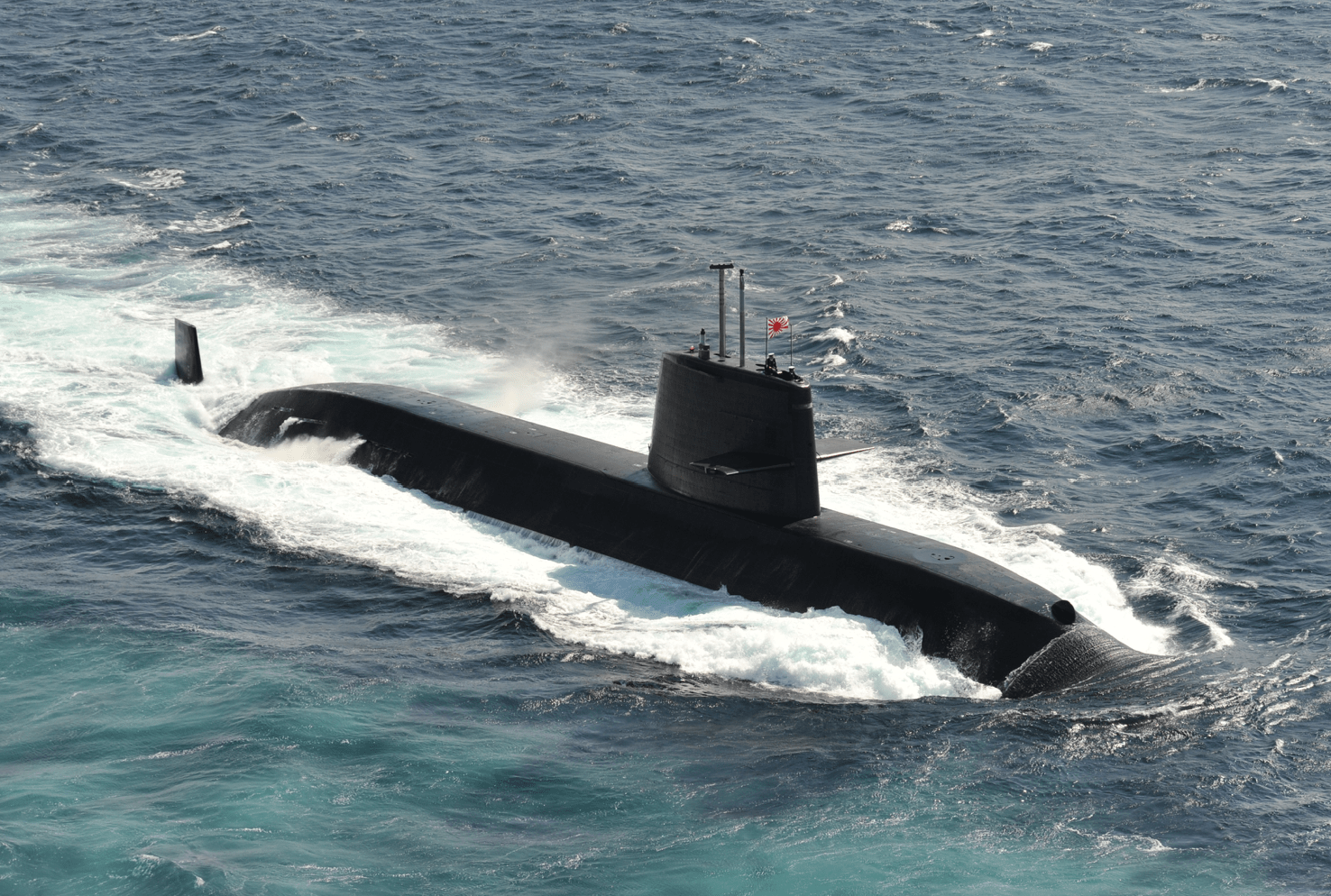 “Old” Oyashio-class submarines are still world-class (photo: JMSDF)
“Old” Oyashio-class submarines are still world-class (photo: JMSDF)
JMSDF’s plan to expand the submarine fleet to 22+2 vessels was finalized with the commissioning of the “Taigei-class” submarines in 2022.
So, what does this new fleet configuration bring about?
First of all, the increased number means that at least 6〜7 submarines are always available for deployment, allowing the JMSDF to maintain a constant presence not only in the strategically vital straits near mainland Japan, but also in the waters of Okinawa where the Chinese Navy is most active.
Moreover, since the majority of the 22 vessels are the consisted of the formidable Soryu-class and the latest Taigei-class submarines, the overall capacity of the JMSDF submarine fleet has been significantly enhanced.
Thanks to these advancements, the operational range of Japanese submarines has expanded beyond Japan’s vicinity, with deployments in the South China Sea becoming a normal sight.
These activities are part of the Indo-Pacific Strategies laid out by both Japan and the United States, indicating further deployment of JMSDF submarines in the region, perhaps up to the Indian Ocean and the South Pacific.
The increased numbers and operational range enables Japan to deploy its submarines in areas that were previously not anticipated by China, exerting psychological pressure as a result.
The presence of an unexpected enemy in unexpected locations will certainly disrupt one’s plan, making it more menacing rather than a mere nuisance.

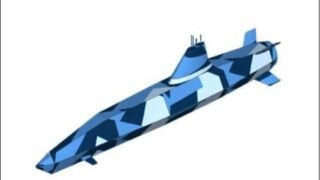
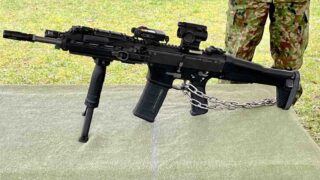
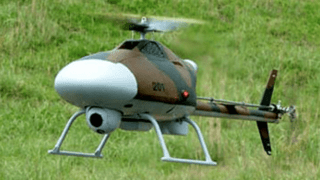
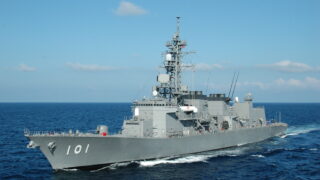
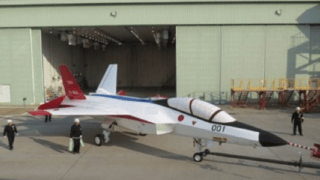
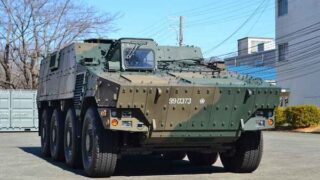
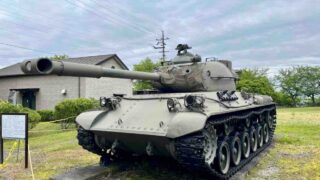

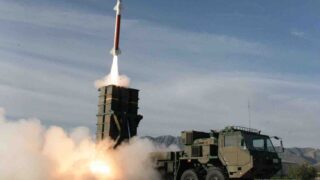
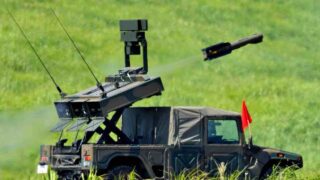
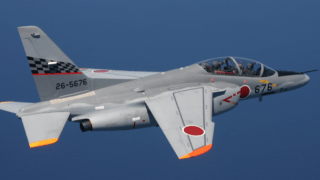
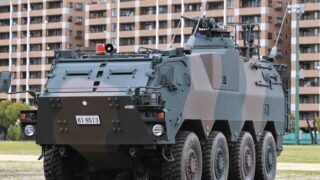
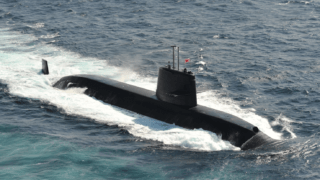
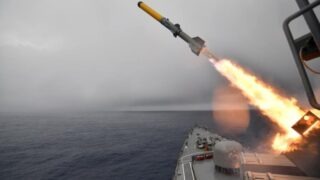
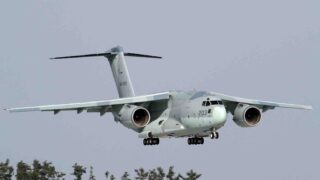
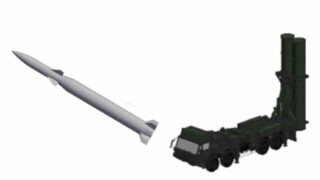

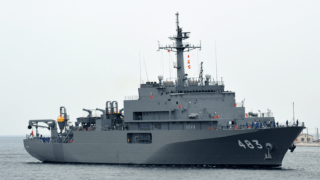

Comments